“Business Transformation”: Ubiquitous & Vital
- J-F
- Oct 12, 2023
- 3 min read
Updated: Feb 12, 2024
When you hear the term “business transformation,” what image pops into your mind? Perhaps it’s a colossal shift in a company’s operations, or maybe the implementation of a cutting-edge technology that radically changes how a business functions. While these large-scale changes can indeed be classified under business transformation, it’s essential to understand that the concept is far more ubiquitous and continuous than one might initially think.

What is Business Transformation?
At its core, business transformation refers to the processes, technologies, and strategies that businesses use to evolve, adapt, and grow in the face of change. It’s about ensuring that a business remains relevant, competitive, and sustainable in an ever-changing environment.
Business Transformation is Everywhere.
If you look closely, signs of business transformation are everywhere. Here are a few everyday examples:
Technology Adaptation: When your local bookstore starts selling e-books or offers online orders and delivery, it’s adapting to the digital age.
Customer Experience: If a bank launches a new mobile app to make online banking more intuitive and user-friendly, it’s transforming its service delivery to enhance customer experience.
Operational Efficiency: When a manufacturing company invests in automation to speed up its production and reduce errors, it’s focusing on improving operational efficiency.
Sustainability: Companies shifting to eco-friendly packaging or adopting sustainable practices are transforming to meet societal expectations and regulatory requirements.
Continuous Evolution is the Key
Our world doesn’t stop changing, and neither should businesses. Those that view transformation as a one-time initiative often find themselves falling behind their more adaptive competitors.
This is where the infinite ‘strategy-execution loop’ becomes vital. Continuous business transformation is akin to the regular updates your smartphone receives. Just as software needs updating to function efficiently, fix bugs, and provide new features, businesses must regularly transform to tackle challenges and leverage new opportunities.
In the realm of business, strategizing and executing are not linear or finite. An effective business continuously iterates through this loop, developing strategies, executing them, gauging results, learning from feedback, and re-strategizing – an endless cycle that keeps organizations adaptive, resilient, and primed for ongoing innovation and improvement. This perpetual “strategy – execution” loop allows businesses to stay ahead, ensuring they are always ready to meet new challenges and opportunities with agility and foresight.
Why Every Business Needs to Embrace Transformation
Survival: In today’s fast-paced world, companies that do not adapt risk becoming obsolete.
Customer Expectations: With the digital revolution, customer expectations are continuously evolving. To stay relevant, businesses need to anticipate and adapt to these shifts.
Operational Excellence: Regularly reviewing and updating processes can lead to increased efficiencies, cost savings, and improved service delivery.
Staying Ahead of the Curve: Embracing change allows businesses to innovate, which is often the key to staying ahead of competitors.
Talent Attraction and Retention: A business that is seen as forward-thinking and innovative is more likely to attract and retain top talent.
Embracing the Transformation Journey
It’s important to view business transformation not as a destination but as an ongoing journey. Here’s how you can foster a culture of continuous transformation:
Educate and Engage: Ensure your employees understand why transformation is necessary and how it benefits the business and them.
Invest in Training: Equip your team with the skills and knowledge needed to adapt to new tools, technologies, and processes.
Stay Informed: Keep an eye on industry trends, emerging technologies, and shifts in customer preferences.
Be Open to Feedback: Encourage a culture where employees, customers, and stakeholders can voice their ideas and concerns.
Design and Plan: Ensure continuous alignment with organizational and market dynamics by maintaining a steadfast vision. Assign a team or individual to systematically review and, if necessary, recalibrate the transformation vision at least biannually, safeguarding its relevance and focus amidst persistent change.
Embrace Business Transformation Architecture: Consider it akin to remodeling a house. From the current “AS-IS” layout, work with stakeholders to craft the desired “TO-BE” blueprint. Chart a clear transition plan, and proactively identify and address potential architectural risks and issues.
Execute with Vigor: Crucially, turn vision into action by diligently deploying resources and aligning efforts to drive tangible change, ensuring strategies are effectively realized.
The Universal Imperative of Business Adaptation
In conclusion, business transformation isn’t just a buzzword or a grand strategy reserved for large corporations. It’s a continuous process that’s crucial for businesses of all sizes to thrive in our ever-changing world. Embracing transformation ensures not only survival but also the opportunity for growth, innovation, and long-term success.




Comments